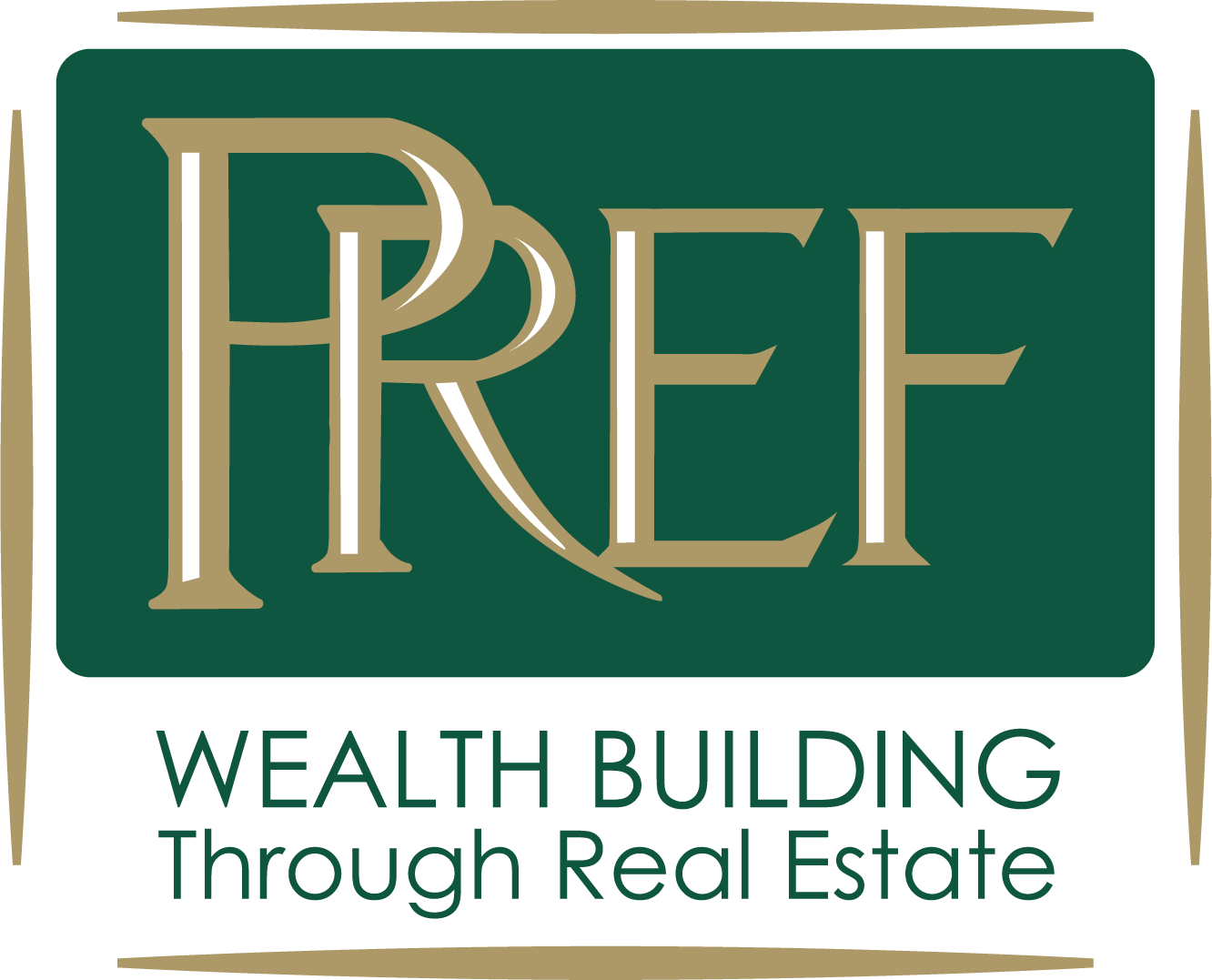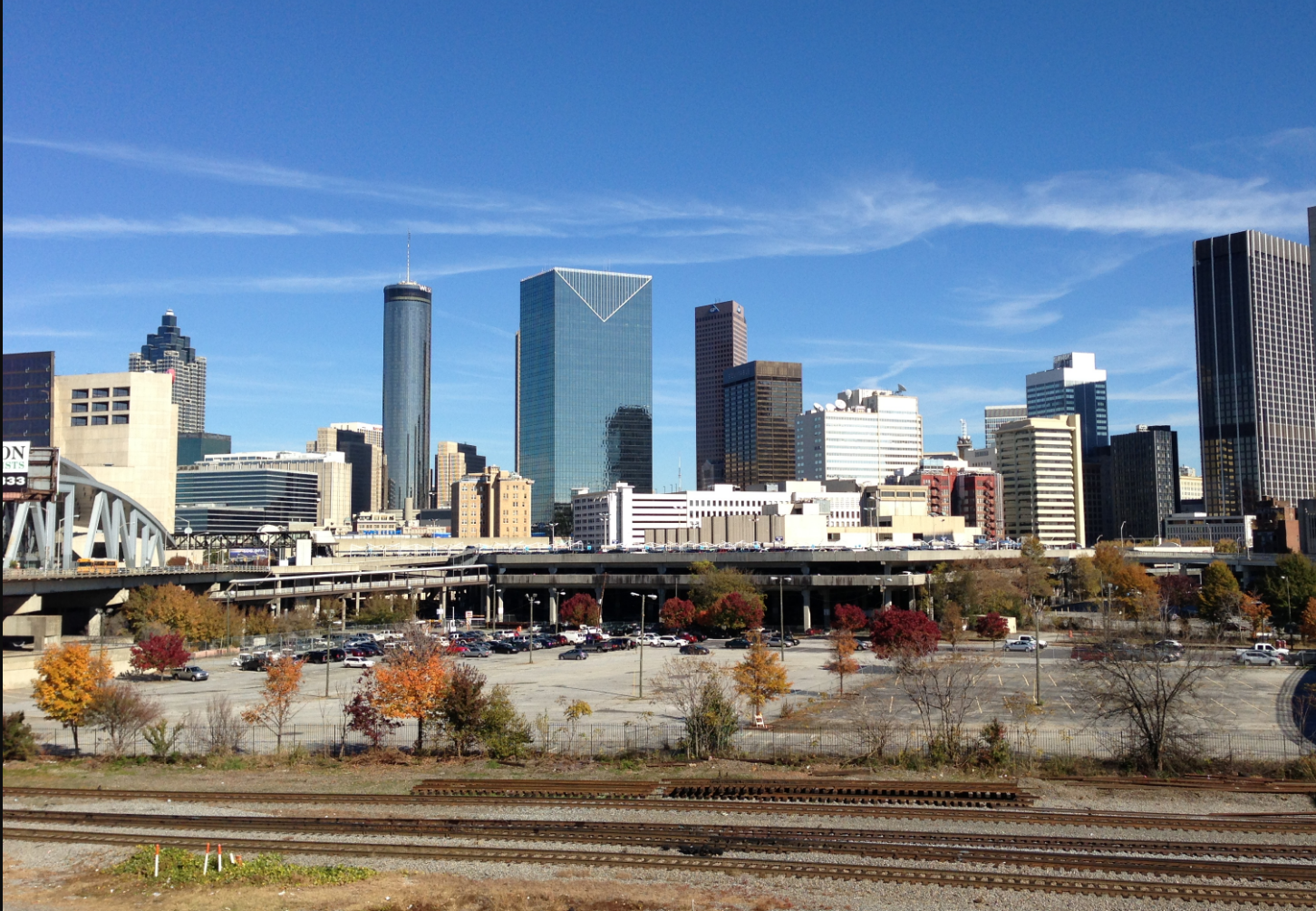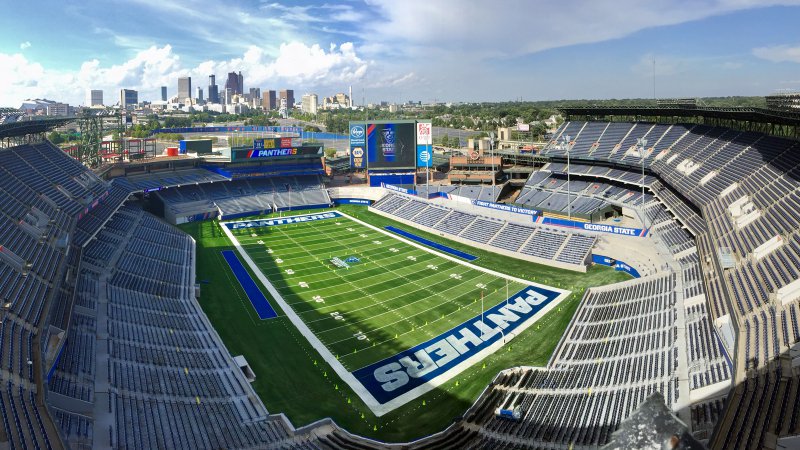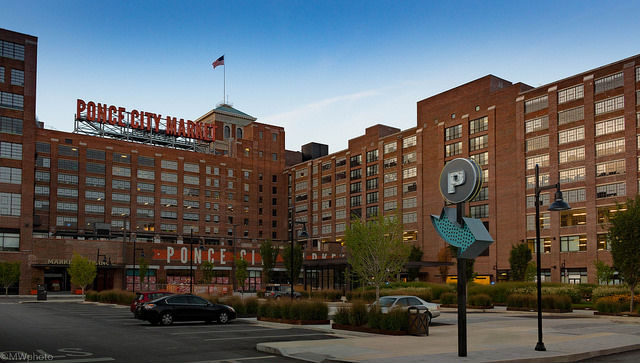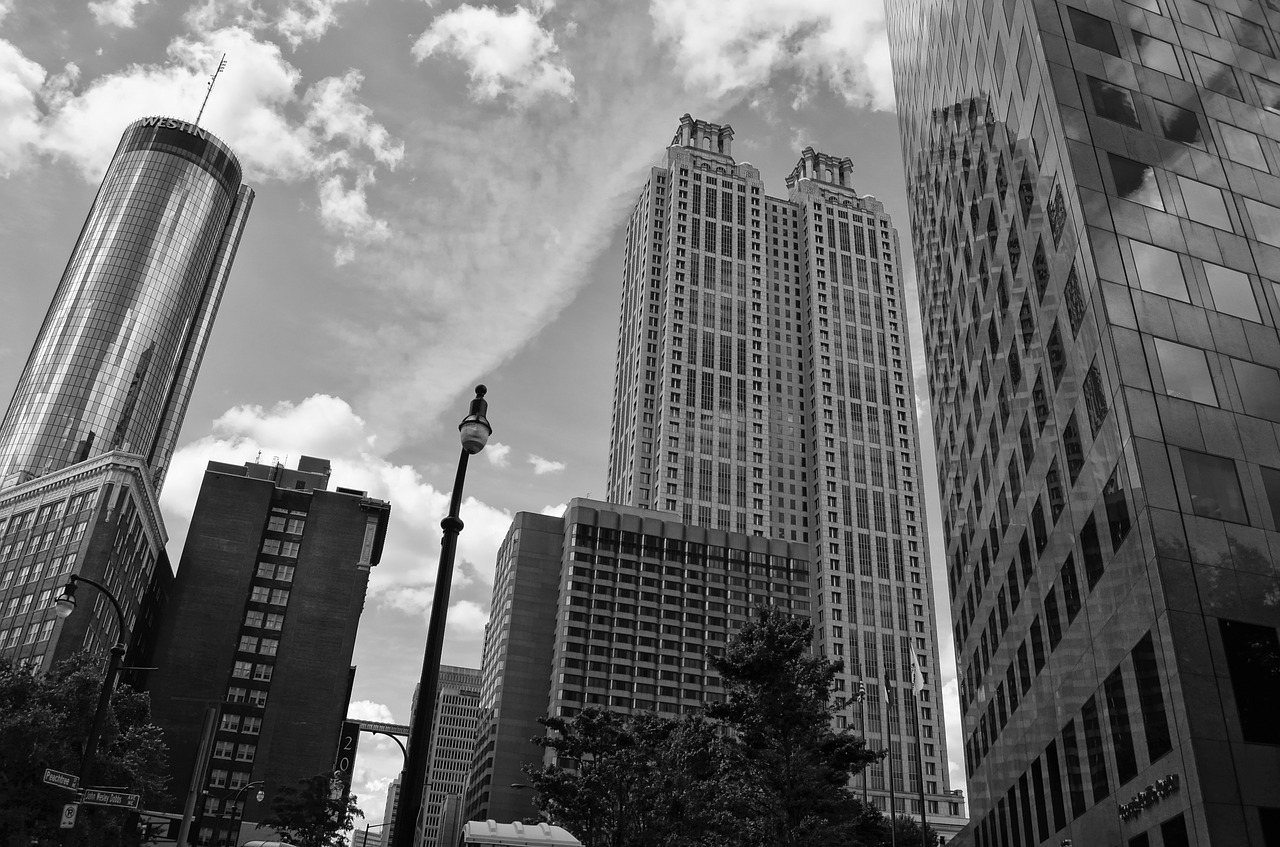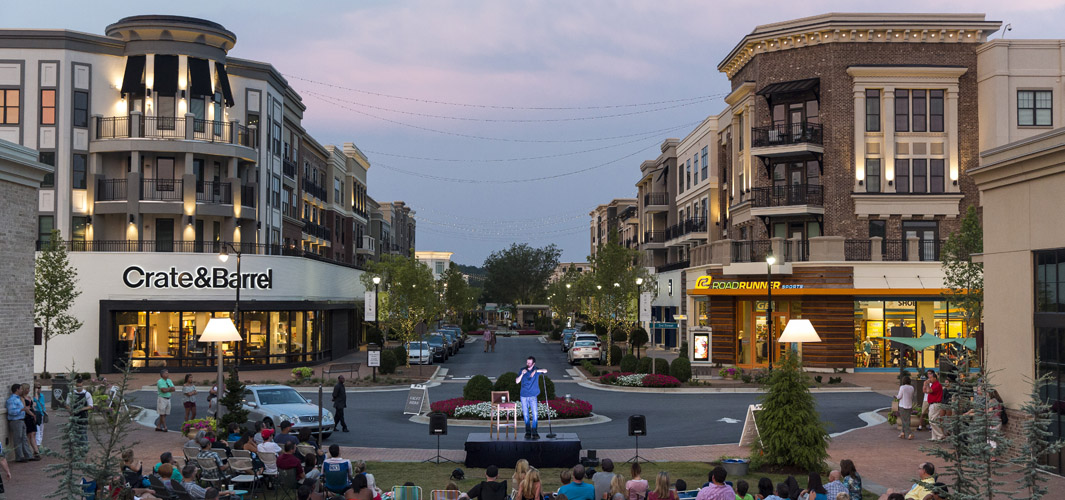Amazon HQ2 and The Gulch: A Symbiotic Relationship?
Atlanta was originally called Terminus because the rail lines converged here. Eventually, the interaction of trains and cars became problematic, and streets were built over the railroad tracks. Existing shops were abandoned, and new shops were built on the new streets. Then, the Omni, Phillips Arena and the Georgia Dome were built, creating a big, empty space that you can look into. That area is The Gulch, a 120-acre site, currently made up of parking lots and rail lines. The Gulch: Past and Future Visions For years, the vision was to turn The Gulch into a multi-modal station and then build mixed-use around the station, but that plan has never come to fruition, mostly because of the number of entities that would have to be involved—county, city, state and federal agencies; MARTA; and Norfolk Southern to name a few. However, according to a recent Atlanta Business Chronicle article, “The Gulch…is
